Once you master the art of making your own healthy vegan kimchi, you can enjoy this powerful food full of vitamins, minerals, and antioxidants and because is fermented ii is an excellent probiotic!

Kimchi is one of Korea’s most well-known dishes, and for good reason, too. You could easily hop on over to a local Korean market to buy a bottle of kimchi. Unfortunately, it may not be as healthy as you’d like, since most commercially prepared varieties are made with white sugar and shrimp.
History of kimchi
The first writing about Kimchi specifically comes from the Koryeo Period (918–1392).
Kimchi originated in Korea during the Three Kingdoms period (1st century BC to the 7th century AD). By that time, families had long used preservation methods to keep a constant food supply for their families during the long, harsh winters. So, when the first cabbage arrived in Korea in 2030 B.C., families turned to fermentation to preserve it.
What is kimchi?
Kimchi is a traditional side dish of salted and fermented vegetables. Usually, it is napa cabbage and Korean radish, and a widely varying selection of seasonings including gochugaru, spring onions, garlic, ginger.
health benefit of consuming vegan kimchi:
- Is good for your gut!
- Certain studies have suggested that certain strains of the good bacteria found in kimchi have the antimicrobial properties to actually fight yeast infection-causing fungus, thereby reducing the likelihood of developing the infection.
- The probiotics in kimchi are “beneficial for immune function because the majority of immune function takes place in the gut,” says Jessica Cording, RD, author of The Little Book of Game-Changers: 50 Healthy Habits For Managing Stress & Anxiety.
- Kimchi has an excellent nutritional profile. The dish is low in calories but packed with nutrients like iron, folate, and vitamins B6 and K.
SUMMARY
Kimchi is made by Lacto-fermentation, which is the same process that creates sauerkraut and pickles. The salt or brine kills off harmful bacteria and then interacts with the fibers of the vegetables to create an anaerobic environment. The bacteria releases C02 and a natural vinegar that results in the ‘tanginess’ you find. A well-made Kimchi helps in digestion and maintaining a healthy gut system.
When I prepare for the colder autumn and winter months, I will make sure I get my tablespoon a day of this immunity booster shot! This recipe below is well-made kimchi 😉. When I first bought a jar of commercial kimchi it definitely did not turn me into a fan! I opened a jar and the strong pungent, fishy smell made me feel like this was a product I shouldn’t be putting inside my body! Below vegan kimchi has all the immunity-boosting properties without the off-putting smell or taste. Mind you kimchi has a distinctive and strong flavor. Something you can easily get used to knowing the health benefits behind it 😉
I guarantee you that homemade kimchi tastes so much better and is so easy to do 😊
notes:
- when mixing your vegetables with the sauce I highly recomend using gloves! You dont want your hands turn bright orange.
- if you dont have chinesse cabbage on hand use any cabbage avaialbale.
- when you cant finf the pepper paste use 1 tablespoon papprika and 2 tablespoon chilli flakes instead.
How does kimchi taste like?
Kimchi’s unique taste is what makes people love it or dislike it. Freshly made Kimchi from Korea is known to be slightly bitter and saltier. It is quite spicy and sour with a characteristic pungent smell! When you open a jar, you will definitely question if this food is even edible 😉 (I did!).
How to store kimchi?
Kept at room temperature, kimchi lasts 1 week after opening. In the refrigerator, it stays fresh much longer — about 3–6 months — and continues to ferment, which may lead to a sourer taste. Be sure to refrigerate your kimchi at or below 39°F (4°C), as warmer temperatures may accelerate spoilage
Is it ok to eat vegan kimchi every day?
There is no recommended amount of kimchi that you should eat. As it is fermented food full of beneficial bacteria you want to start small. I was brought up on fermented food, so I didn’t find any ussies. However, I know people that were new to this food group, and eating too much of it at once made them bloat a bit. Few things to look out for:
- Kimchi is a low-calorie but does have a pretty high amount of sodium. So, probably would be a good idea to watch our sodium intake.
- Many kimchi recipes also contain a significant amount of garlic, which can cause unwanted reactions in people with irritable bowel syndrome (IBS). “This is because garlic contains FODMAPs (Fermentable Oligosaccharides, Disaccharides, Monosaccharides and Polyols).
Your best bet is to consume kimchi in moderation.
How to vegan eat kimchi
- Eat It As Is You actually don’t have to do anything to kimchi to enjoy it. It’s great straight out of the jar for a little snack.
- Top any of your Buddha bowl
- I actually love topping my sandwiched with it. It is my favourite so far!
How will I know if my kimchi is ready?
Your own personal preference is a big factor here. Smell and taste it. If it smells pleasant to the nose and tastes sufficiently soured to your palate, it’s ready to transfer to the fridge.
Do I eat kimchi hot or cold?
you can enjoy it both ways!
How long does kimchi last after opening?
Kept at room temperature, kimchi lasts 1 week after opening. In the refrigerator, it stays fresh much longer. It is about 3–6 months — and continues to ferment, which may lead to a sourer taste.
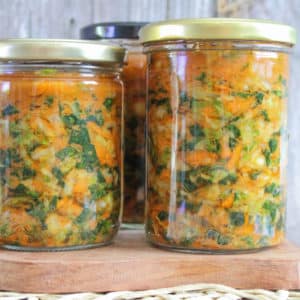
The easy way to Vegan Kimchi
Ingredients
Vegetables
- 500 grams chopped chinesse cabbage
- 300 gram shredded carrots
- 200 gram radishes
- 100 gram scalions
- 20 grams salt
Sauce
- 200 ml water
- 20 gram rice flour
- 1 tsp maple syrup
- 2 cloves of garlic
- 1 inch ginger
- 3 tbls tamari
- 1 tbls miso paste
- ½ tsp kelp powder
- 2 tbls pepper paste (gochujang)
Instructions
- First chop your cabbage, onion, radish and shred your carrot.
- Add all vegetables to a big bowl and add your salt.
- Massage the salt through your vegetables for about 5 min.
- Cover the bowl and let it sit over night.
- The next day wash the salt from the cabbage – no need to do it excessivilly. .
- In a small blender mix all the sauce ingredients till all is desintegrated.
- Add the sauce to the vegatbles and mix the it through. Make sure you coat all the vegetabl Use gloves!
- Pack the cabbage into a large jar ,leaving 1-2 inches room at the top for juices to release. Add the reserved brine to cover the vegetables, pressing them down a bit ( so they are submerged).
- Cover loosely with a lid and place in a bowl to collect any jiices that might escape during fermentation.
- Everyday I open the jar and press the vegetables down with clean wooden spoon to make sure that vegetables are submergerd!
- I leave it to ferment in a dark place for 3 days.
- On day 3 you should see bubbles that rise to the top.
- Your kimchi is ready!
💡 FUN FACTS:
- Many Koreans participate in annual kimchi preparation parties! Known as Gimjang, these events are held among families, friends, and even at large-scale festivals every mid-October to late November. This tradition started many years ago. It was a way to store up plenty of kimchi for the cold weather months and continues today more for fun than necessity.
- The average Korean eats about 40-57 pounds of Kimchi a year
- The first Korean astronaut, Yi So Yeon, brought kimchi with her to eat in soace!
- Kimchi Fridges Are Actually A Thing! To maintain the freshness of kimchi, Korean tech companies actually invented and mass-produce kimchi fridges!

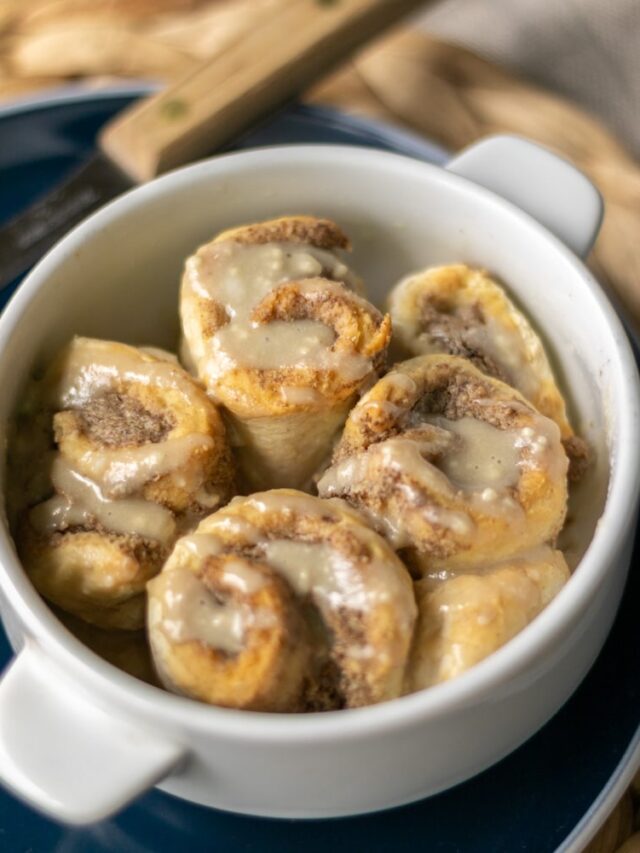
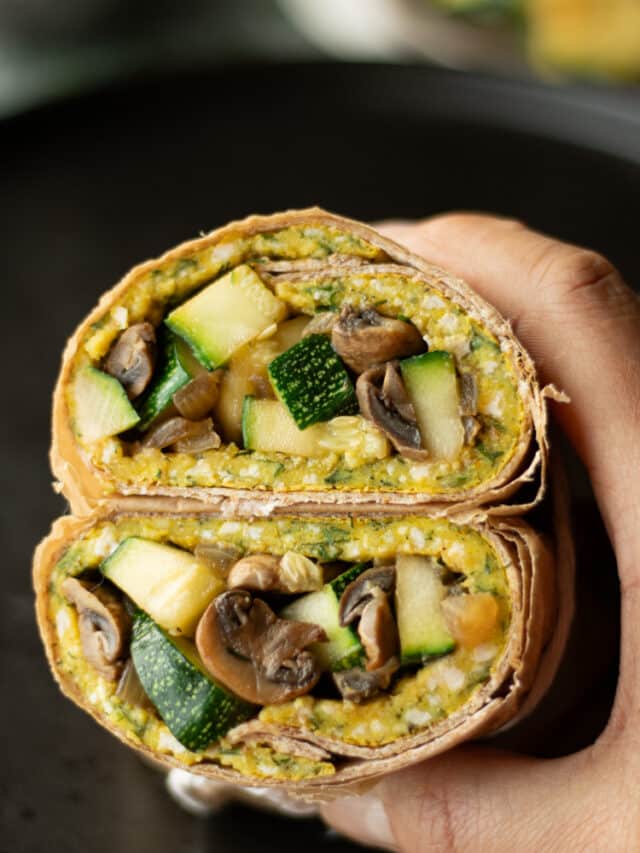
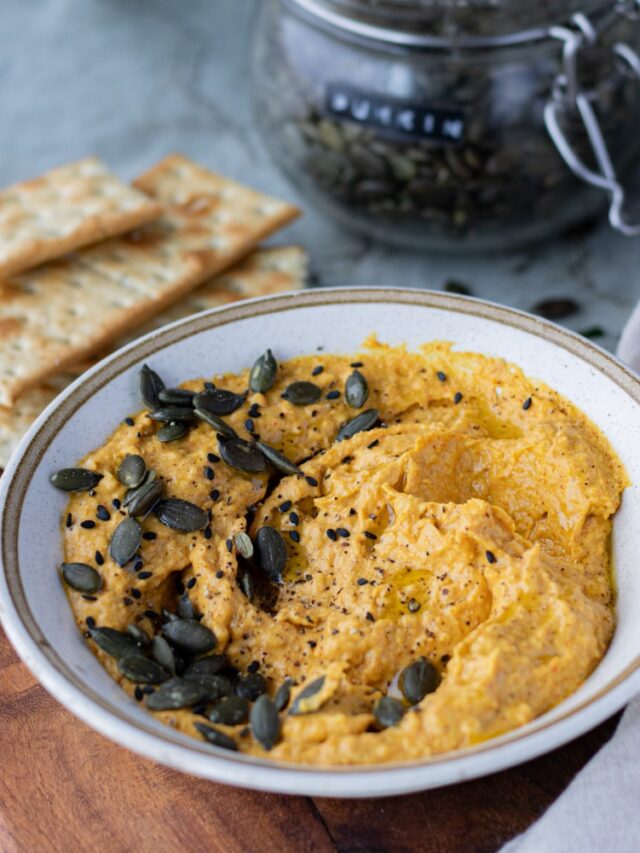
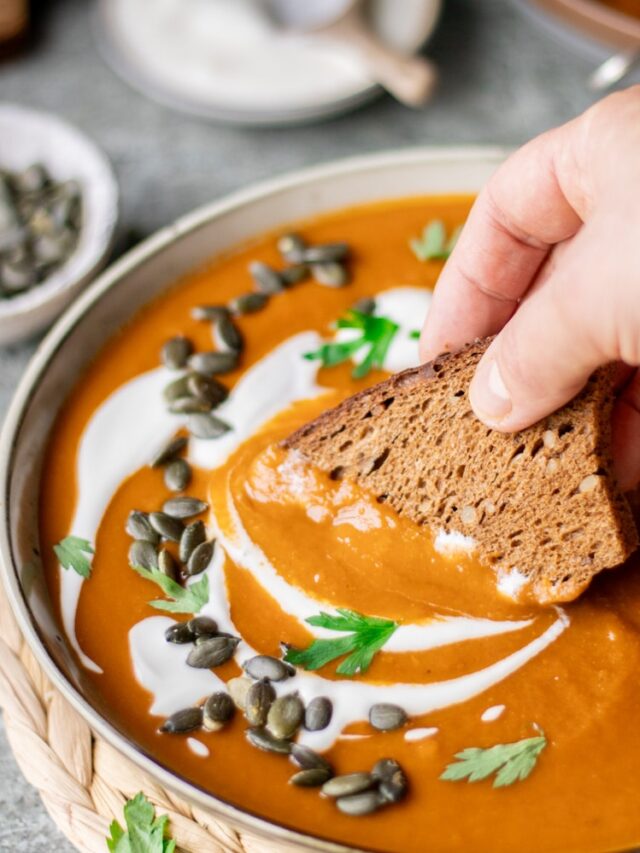
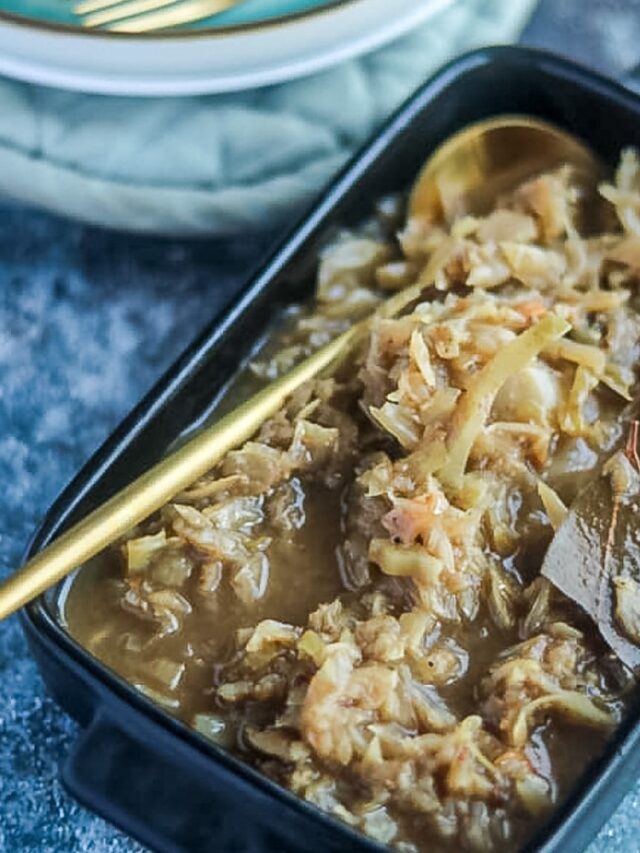
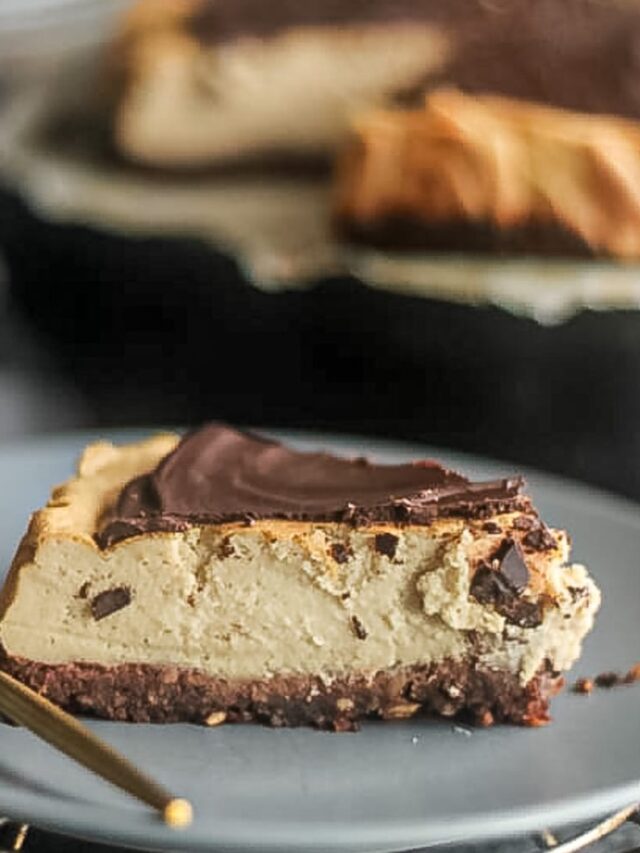

I first encountered kimchi when I visited Sth. Korea and did not fancy it at all, even though I heard about its benefits. I may try the vegan version. My palate might be able to handle it 🙂
Author
it is actually tasty! I tried the original version and could not stomach it 😉
I enjoy all your recipes but may have to pass on trying this one. But it does look colorful!
Author
haha I understand 😉 I was brought up on pickles